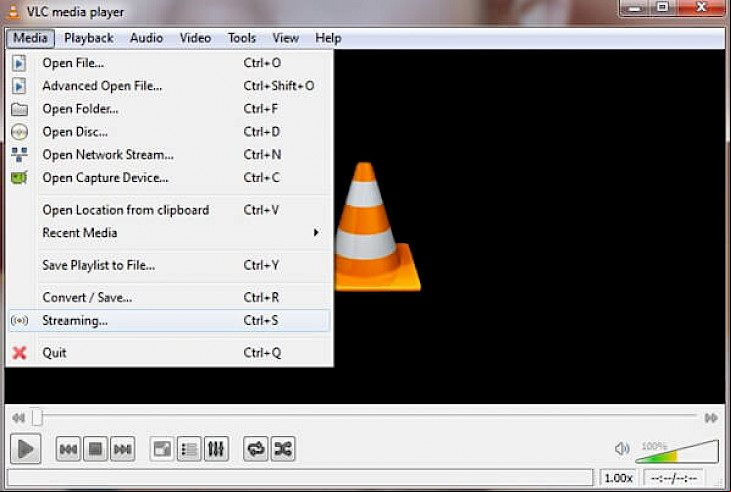
VLC Media Player 1.0.2 3n606g
About VLC Media Player: 5m2r60
VLC Media Player (which was formerly VideoLAN Client) is highly portable and free multimedia player for various audio as well as video formats, including MPEG-2, MPEG-4, DivX, MP3, MPEG-1 and OGG, as well as for DVDs, VCD, and a number of streaming protocols. It can also be used as a server for unicast and multicast streams in IPv4 and IPv6 on a high bandwidth network. With new audio core, port to mobile platforms, preparation for Ultra-HD video, hardware decoding and encoding and special care to more formats, 2.1 is major upgrade for VLC 2021. Rincewind has new rendering pipeline for audio, volume and device management, with better efficiency, to improve VLC audio . It s new devices' inputs, formats, metadata and it even improves most of the current ones, which are preparing for the next-gen codecs.
Input Media- UDP/RTP Unicast, HTTP / FTP, MMS, T/RTP Unicast, UDP/RTP Multicast, DC/RTP Unicast, File, Video CD / VCD, SVCD, Audio CD (no DTS-CD), DVD Video, DVB (Satellite, Digital TV), MPEG encoder, Video acquisition.
Input Formats- MPEG (ES,PS,TS,PVA,MP3), ASF / WMV / WMA, MP4 / MOV / 3GP, AVI, OGG / OGM / Annodex, Real, WAV (including DTS), Matroska (MKV), Raw Audio: DTS, AAC, AC3/A52, FLAC, FLV (Flash), MXF, Nut, Raw DV, Standard MIDI / SMF, Creative Voice.
Latest version features: VLC 2021 comes with a lot of new upgrades such as new audio core, preparation for Ultra-HD video, hardware decoding and encoding, port to mobile platforms, and special care to more formats.
Rincewind audio: Rincewind has new rendering pipeline for audio, volume and device management, with better efficiency, to improve VLC audio . It also offers for inputs, metadata, formats, etc. of the new devices and it even improves most of the current ones, which are preparing for the next-gen codecs.
Audio/video formats: A multimedia player for various audio as well as video formats, including MPEG-2, MPEG-4, DivX, MP3, MPEG-1 and OGG, as well as for DVDs, VCD, and a number of streaming protocols.
->
Click on the button available at the top or the right-side of the page.
On the next page, you will be interrupted to start the , click on "Start ".
Your would automatically begin.
Installation->
After your is complete, head towards the s folder on your PC.
Now, launch the setup file and go through the installation and changes settings as per your preferences and click on Install.
Once the installation is complete, search for the application in your Windows search and run the application.